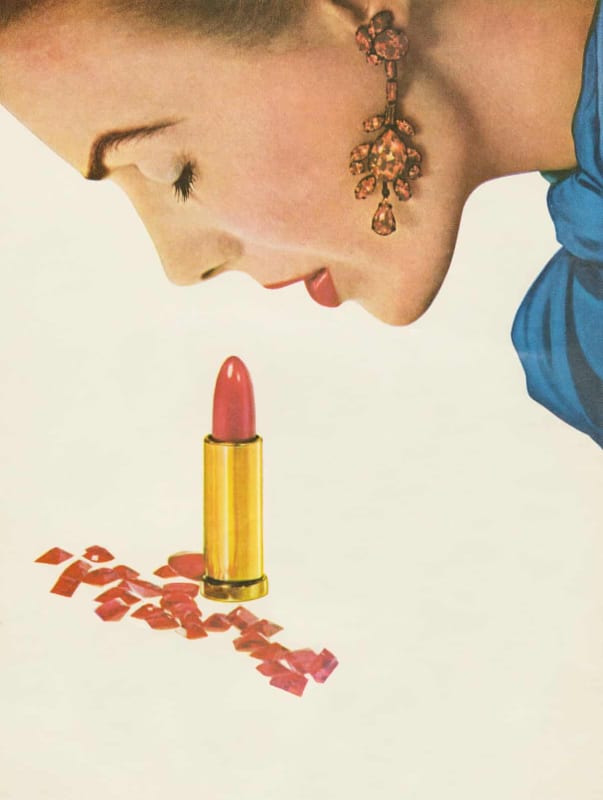By Arwa Mahdawi for The Guardian
Hank Willis Thomas’s work examines the ways in which advertising has fabricated notions of gender and race, and then convinced us all to buy into them. “I always talk about racism as the most successful advertising campaign of all time,” Thomas says. His work serves as a sort of counter-campaign; one that aims to muddy the myths we’ve been marketed. “I want to complicate the way that I’m seen and the way that I look at other people.”
His latest exhibition is Unbranded: A Century of White Women, 1915-2015, in New York. It follows Unbranded: Reflections in Black by Corporate America, 1968-2000, his 2007 exhibition that surveyed the branding of blackness. A Century of White Women examines how advertising has helped construct gender ideals over the last 100 years. If racism is the most successful advertising campaign of all time, then sexism, as the work illustrates, isn’t far behind.
Thomas’s work “unbrands” advertising: stripping away the commercial context, and leaving the exposed image to speak for itself. Without the text and taglines we would normally lean on to decipher the adverts, we are forced to read between the lines and think more deeply about what the images are actually selling – which, you begin to see, is an ideal of femininity encapsulated in AdLand’s “white woman”. While the specific product attributes of White Woman™ have diversified over time, there are certain characteristics a number of the images reinforce. So if you were to write new, more accurate, taglines for the ads, they might look something like this: (continue reading at The Guardian)

